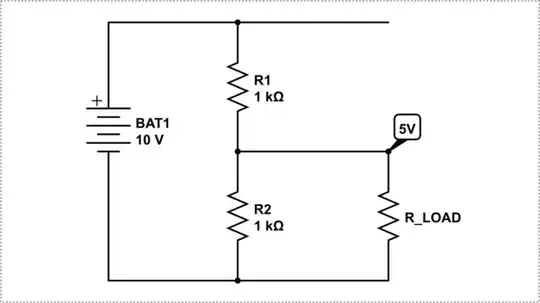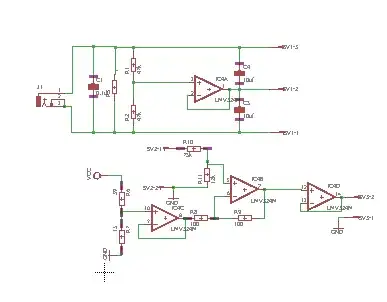Just to preface: this is probably a really dumb question.
I recently purchased a desktop power supply to work on circuit projects at home (I'm an hobbyist). I recently had issues with an op amp circuit. While troubleshooting, I figured out that the positive rail of my power supply was shorting to ground when I tried to build a voltage divider. For example: If my rails were -10 to 10 and I wanted to reduce the positive voltage to 5 volts, put 2 1K resistors in series to ground and use the voltage from between the two resistors. But instead of my 5 volts I just got earth. Please reference the schematic below.
So I started doing some research and I understand that the 'ground' terminal on power supplies sets the zero voltage reference for the two rails. My understanding is that if you connect the ground terminal and one of the other terminals you can change the voltage reference. For example, if my setting is constant voltage for 20 V and I connect the negative terminal and ground, the positive terminal will read 20V relative to ground.
That all makes sense to me. What I don't understand is when I connect a resistance across the ground and another terminal the voltage reference still changes. I know that the ground terminal is connected to earth through the bottom prong and splits the rails symmetrically when I don't connect a resistance across to ground.
I'm pretty sure this is how the power supply is supposed to work and I'm just missing something fundamental. Is it possible to build a voltage divider the way I described above? If not, how would I approach this problem?



